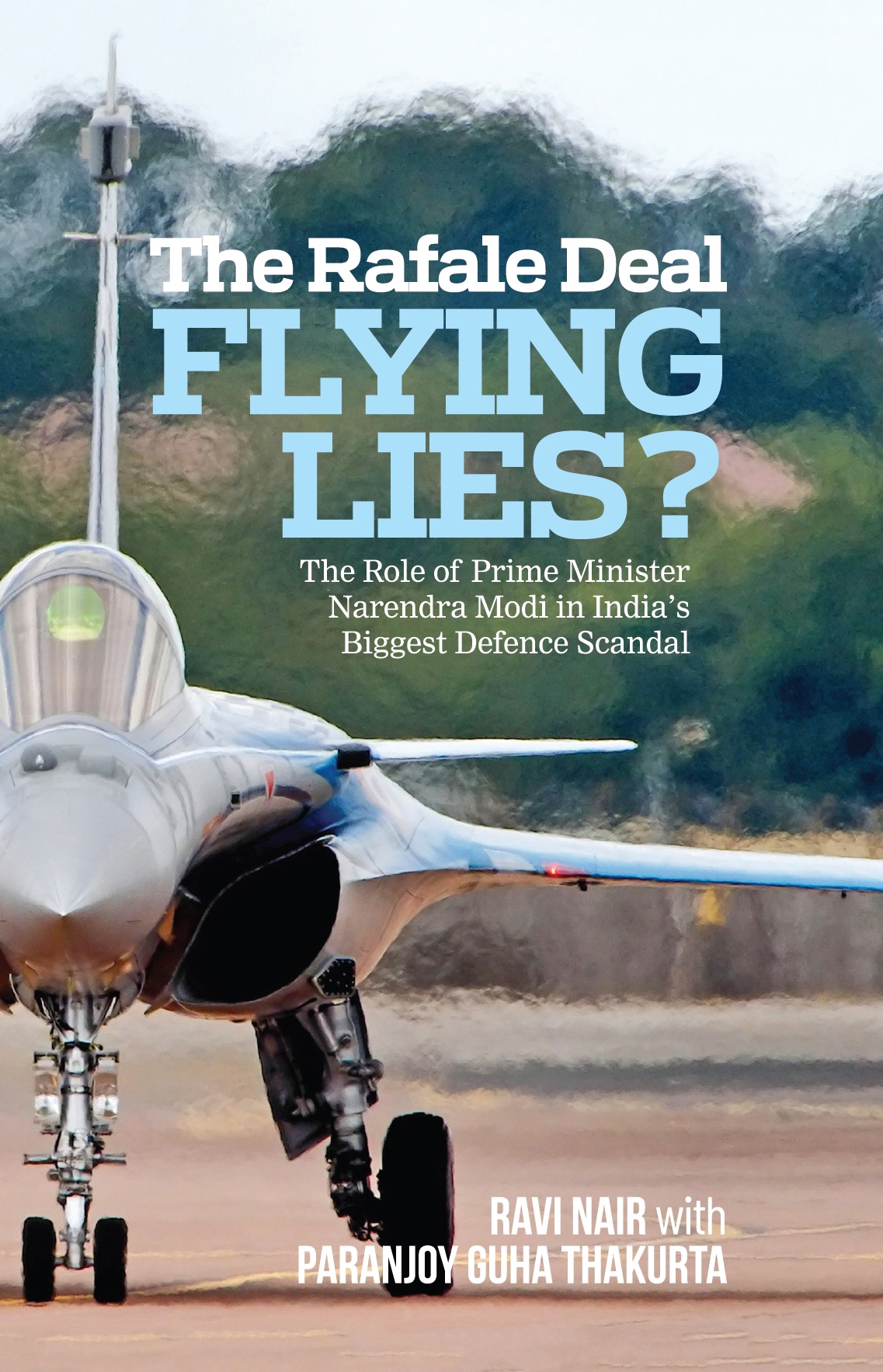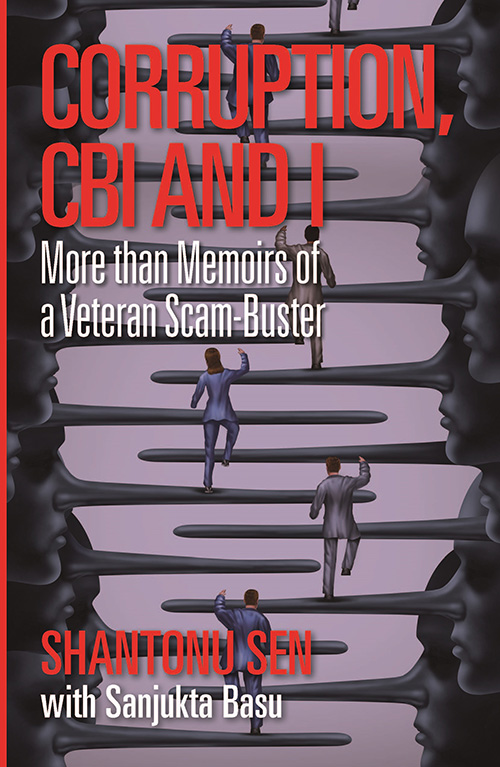It’s a cliché to say that the road to Delhi starts from Lucknow. There can be various views on what the outcome of the ongoing assembly elections in Uttar Pradesh will be.
While we will know on March 10 whether the Bharatiya Janata Party will return to power in India’s most-populous state, what is indisputable is that the results of the elections will have a far-reaching impact on the future of the country’s politics and the contours of Indian democracy. One out of six Indians live in UP.
Its size can be gauged by the fact that more people live in only four countries in the world: China, India (minus UP),Indonesia, and the United States. There are more people in UP than in Pakistan or in Brazil. The overwhelming majority of the Prime Ministers of India have been elected from the state, including Prime Minister Narendra Modi, who left his home state of Gujarat to be elected to the Lok Sabha from Varanasi.
The importance of the outcome of the assembly elections goes beyond the influence it will exert on the presidential elections later this year. Those of us who pretend to be political analysts often indulge in wishful thinking and fail to read the writing on the wall – I can certainly include myself in that category. Still, what had appeared to be a one-sided contest in UP just a few months ago, is no longer appearing as decisive. There are various reasons why the political atmosphere has become charged in recent weeks.
The Prime Minister was under intense pressure from sections in the Sangh Parivar to withdraw the three controversial farm laws, after a year of protests on the outskirts of the capital. Within the Rashtriya Swayamsevak Sangh, the ideological parent of the BJP, there was considerable disquiet that the fallout of the agitation would not be confined to western UP (where the party performed remarkably well in 2014, 2017 and 2019) but would impact the BJP’s fortunes across the state.
In the Sangh Parivar, there is also a growing feeling that communal polarisation has its limits in garnering votes when the BJP is in power, and in diverting attention from economic issues – food inflation, unemployment and stray cows eating crops in fields. The building of the Ram Mandir in Ayodhya, the inauguration of the Kashi Vishwanath Corridor in Benares, the shamshankabristan slogans and the 80:20 rhetoric: none of these issues seem to be having the kind of resonance that they did in the past.
That the farmers’ leader Mahendra Singh Tikait has been repeatedly conflating ‘Har har Mahadev’ with ‘Allah hu Akbar’, has made the BJP cadres realise that the Muzaffarnagar of 2013 is not the same today. Bail being granted to Ashish Mishra, the son of the Union Minister of State for Home Affairs Ajay Mishra Teni, who has been accused of killing several individuals including agitating farmers, a journalist, and supporters of the ruling party, has hardly helped the cause of the BJP.
Consequently, the BJP has been repeatedly emphasising the Modi government’s welfare schemes: Ujjwala, PM Kisan, Garib Kalyan Yojana, PM Awas Yojana, Jan Dhan, Swachh Bharat and so on. This is being seen as the best way to ensure that Modi’s God-like persona would appeal to the poor of UP.
Not a mention has been made of the disastrous ‘notebandi’(demonetisation)that enabled the BJP to reap rich political dividends five years earlier. Several political commentators have pointed out that both the BJP and its principal political opponent in the state, the Samajwadi Party led by Akhilesh Yadav, have struck alliances with several smaller caste-based and region-specific parties.
Political commentators like Peter Ronald DeSouza have argued that this has deepened democracy in UP and highlighted the fact that the exodus of political leaders has this time been away from the BJP, instead of the other way round. In an interview with this writer, political analyst Abhay K Dubey has argued that the SP’s social coalition appears far stronger and more cohesive than the caste coalition that had served the BJP very well in the recent past.
He contends that if the BJP’s victory margin is narrow, the chances are high that Adityanath will not have another term as chief minister – which is what many in the Sangh Parivar want apparently. The manner in which the anti-BJP vote will get fragmented across the state is not clear. Nor is it clear whether the votes obtained by the Bahujan Samaj Party, the AIMIM, and the Congress would indirectly help the SP or the BJP more. And this is why the election results are difficult to predict. Whatever be the electoral outcome in UP, democracy in India is unlikely to be the same after March 10.


